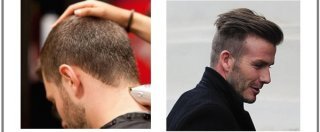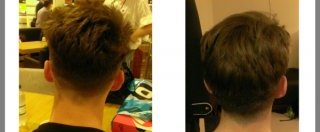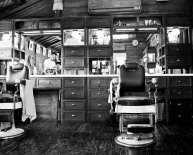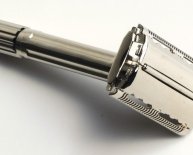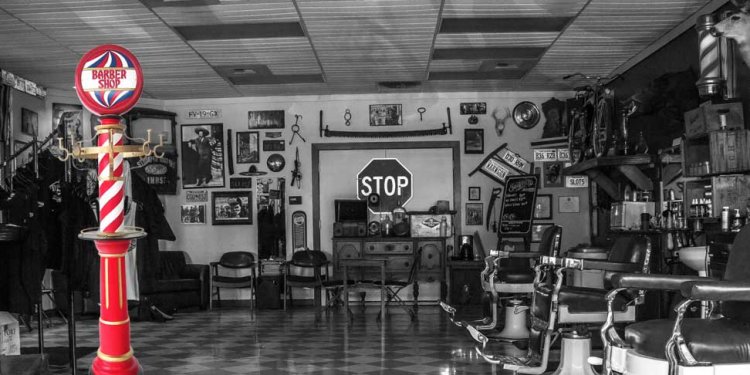
Vintage Barber Signs
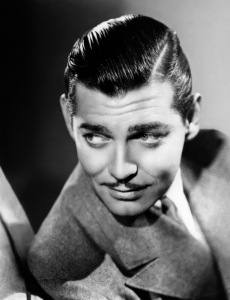 This article may be updated as brand new recommendations & pictures are offered in.
This article may be updated as brand new recommendations & pictures are offered in.
We spent a great deal of my mid-teens to belated 20s trying to get a classic 1930’s/40’s men’s haircut, very first à la Swing toddlers, and soon after à la the sort of haircut the move children had before they expanded it out. This took me personally a great deal of trying to describe the thing I desired and produced mainly mediocre outcomes. The primary reason had been used to don’t know how to communicate just what i needed, and during the majority of the period my stylists had rarely done a classic men’s haircut.
Thankfully, men’s vintage-ish haircuts are coming back in main-stream style — whether through impact of Mad Men, or even the indie manner of individuals like Arcade Fire forward guy Earn Butler, or European soccer/football performers, or Justin Timberlake— and thus it should be easier for stylists and barbers to understand what you’re speaking about once you say you need a men’s vintage slice.
 Luckily, most styles of the 1930s to 50s have these principles in keeping: a short as well as edges (also known as “high and tight”) and a longer top, specifically near the front of the head. But one should realize that there are still a lot of variables at play. Where in fact the variations mainly are available in is exactly how high, how tight, just how long above, and how remarkable the fade you would like between the sides and top.
Luckily, most styles of the 1930s to 50s have these principles in keeping: a short as well as edges (also known as “high and tight”) and a longer top, specifically near the front of the head. But one should realize that there are still a lot of variables at play. Where in fact the variations mainly are available in is exactly how high, how tight, just how long above, and how remarkable the fade you would like between the sides and top.
This fundamental classic cut is similar for most tresses types; very curly, curly, wavy, straight…they will clearly look different, but you’re nevertheless telling your barber similar details.
Also, please note my use of the word “vintage” is speaking more info on the overall spirit associated with hair cut. Plainly some of the images listed here are really modern twists on the classic “short back and edges” design. (that will be just what the skill of Vintage Manliness is focused on: taking everything just like the finest in classic manliness, and which makes it squeeze into your modern-day life.)
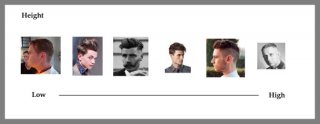 High & Tight
High & Tight
“Tight” may be the quick back and edges of the haircut, and how tight it really is means just how brief it is. You need to have an idea of everything fancy in order to show your barber (better yet, bring a picture, or a collage — we’ll mention that later). To observe how diverse the shortness are, take a look at drawing below. (i will suggest clicking on it to view it full-size.)
“High” refers to how far within the region of the head you want the short component to go. Here’s a diagram:
WARNING: be mindful going into a barber and only saying “give me personally a top and tight, ” since this can be terminology for a military-style haircut, that'll most likely remove in excess of you are expecting from ahead. Again, the very best bet is make images towards barber/stylist.
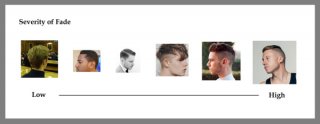 The Fade
The Fade
The “fade” is exactly how hair transitions through the short as well as sides in to the longer top component. This is done gradually or suddenly:
Another aspect of the fade to consider is the range the fade makes across your profile:
Length ahead
The final big piece of information you'll want to offer your barber may be the length you want at the top. The certainly classic look, you need the front become more than the back. However, the real difference may be extreme or only slight. (additionally, you really need to note that the longer your own hair, the more difficult it's going to be to manage.)
The rear of the pinnacle
Finally, there’s the design regarding the back associated with the mind. My stylists suggested that, instead of try to clarify what you want to occur there, one should generate some images (he stated that has been most likely the most readily useful overall advice for some body trying to tell their particular stylist what they need).


